|
Time for another dig and history. We really like museums and sites like this. There is a lot to learn and see. The parking lot and visitor center are close together. It is a short walk on a paved path to the exhibit building. The Waco Mammoth Site herd is the only known herd of Columbian mammoths in North America. The dig site was not discovered until 1978 and many of the bones have been taken to the local university for display and study. The building was built to protect the site from flooding and wind erosion. The mammoth found here is the Columbian Mammoth. They were much taller than the Woolly Mammoth and twice as heavy. The Woolly was about 10 feet tall at the shoulder and 10,000 lbs. but the Columbian was 14 feet and 20,000 lbs. An adult Columbian would eat as much as 700 lbs. of grass and drink 75 gallons of water every day. Even though they are only distant cousins of today's elephant, they behaved almost the same way. They traveled in herds with a matriarch lead and migrated to follow food sources and changes in the seasons. Even though they lived during an ice age, Texas was a grassland with high temperatures of 90° during the summer. Researchers have uncovered 23 mammoths here so far! These mammoths are in two groups—an upper group of 4, and a group of 19 buried deeper. The lower group was all adult females and young calves, a nursery herd. The Waco Mammoth Site herd is the first known nursery herd of Columbian mammoths in North America. Since its discovery in 1978, herds of woolly mammoths have been found in Russia and Serbia. Current research suggests the nursery herd died in a flash flood or mudslide, becoming trapped under many feet of thick clay mud. This area was popular as a watering hole and attracted all types of animals including horses, a type of camel, llamas, mammoths, bison, beaver, and whitetail deer, and of course predators like the Saber-tooth cat. Because of large trees near the rivers, a giant sloth with babies the size of brown bears were in the area. Scientists have found evidence of multiple flash floods and mudslides that trapped groups of animals over time. We had a fun lunch at a brewery. Across the street was a huge Masonic Temple. It was an impressive building.
0 Comments
Leave a Reply. |
AuthorWe are a couple who have started on a new adventure... Archives
February 2024
Categories |
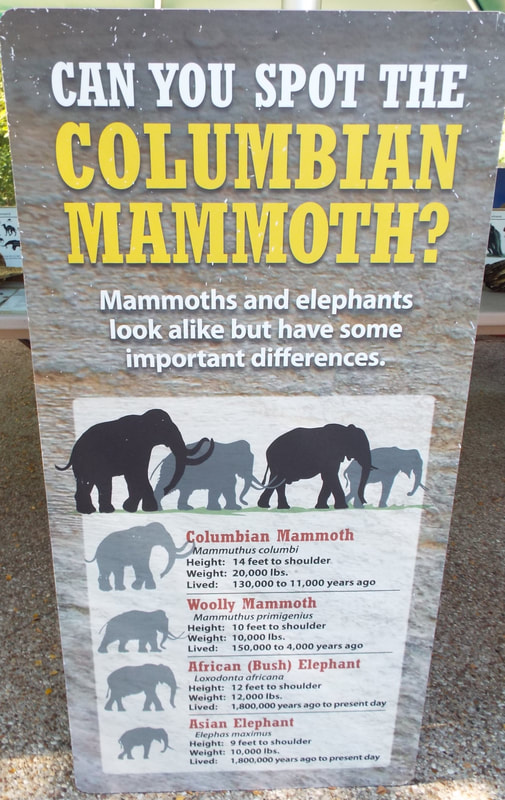
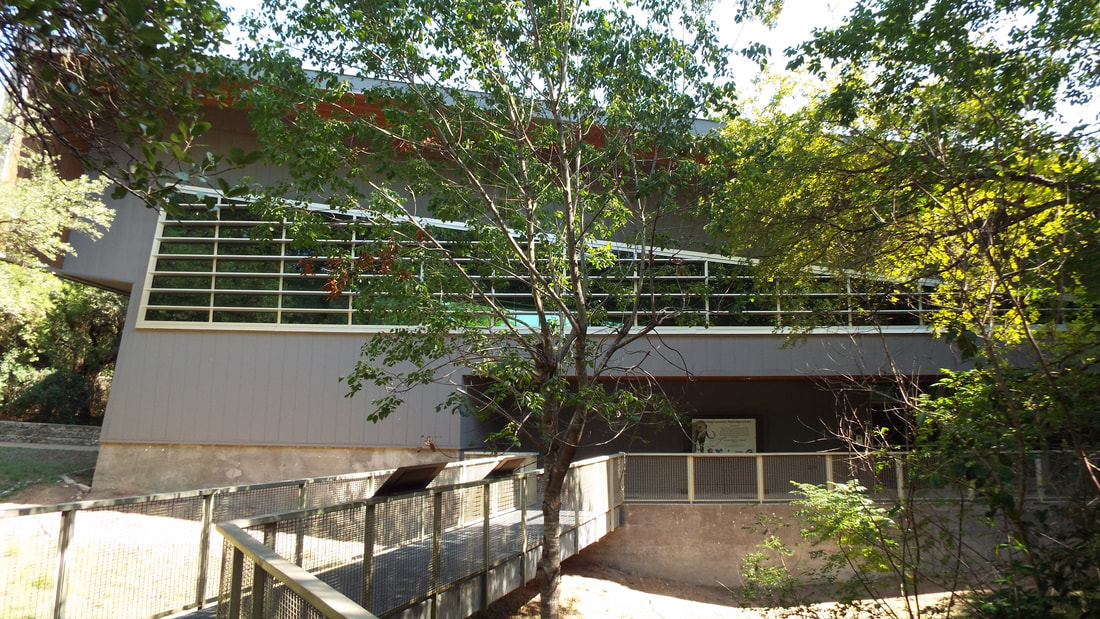
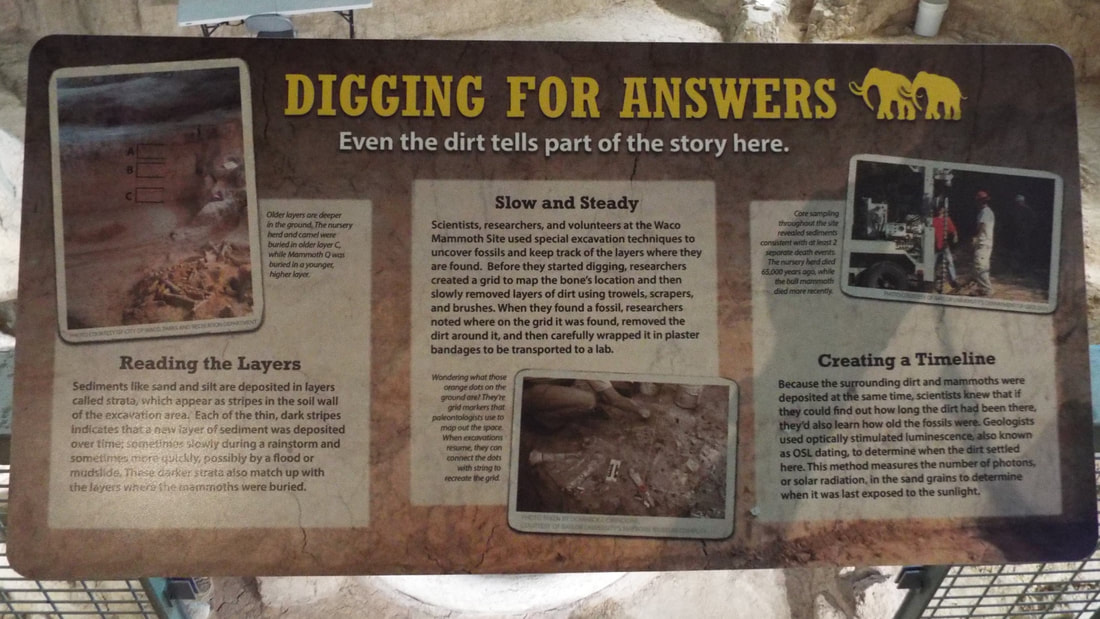
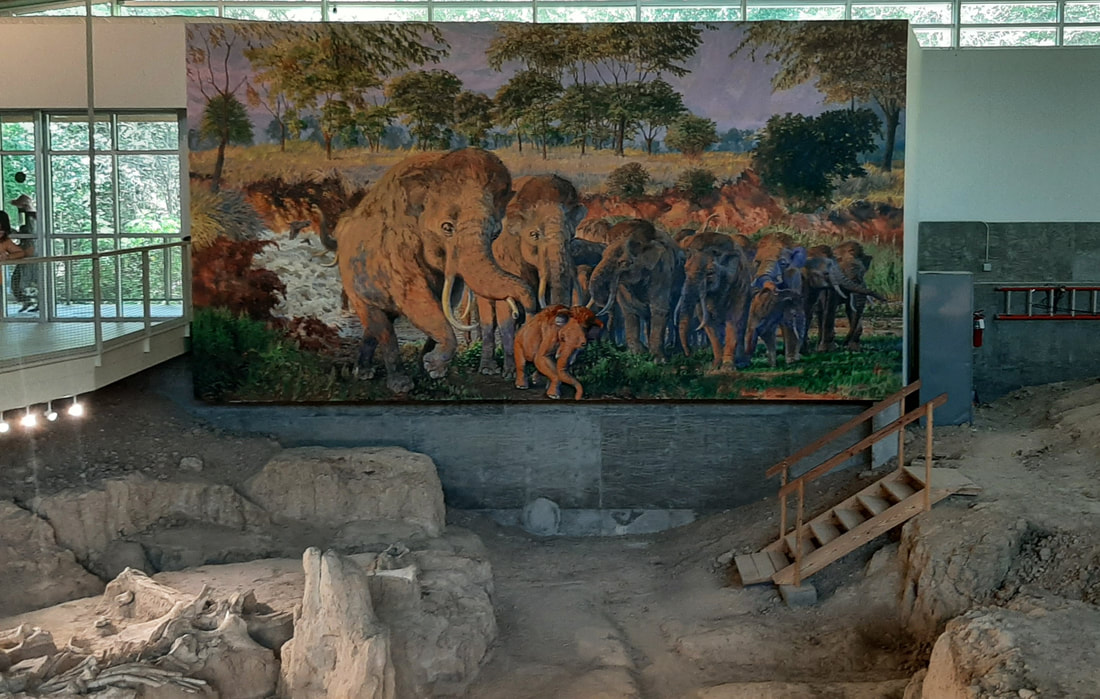
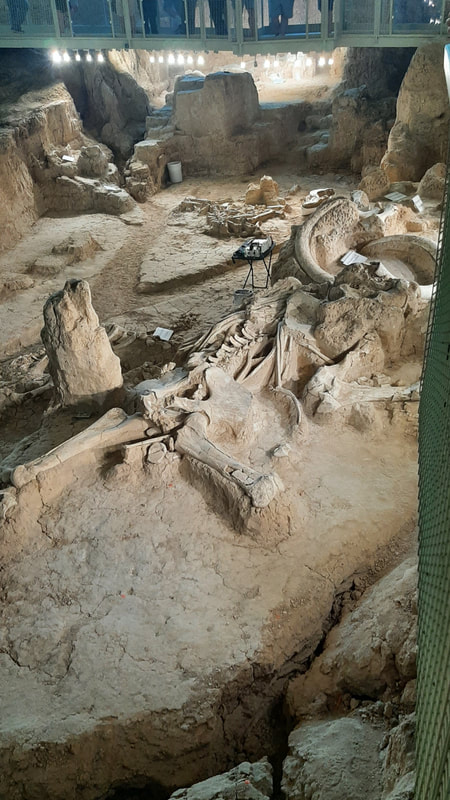
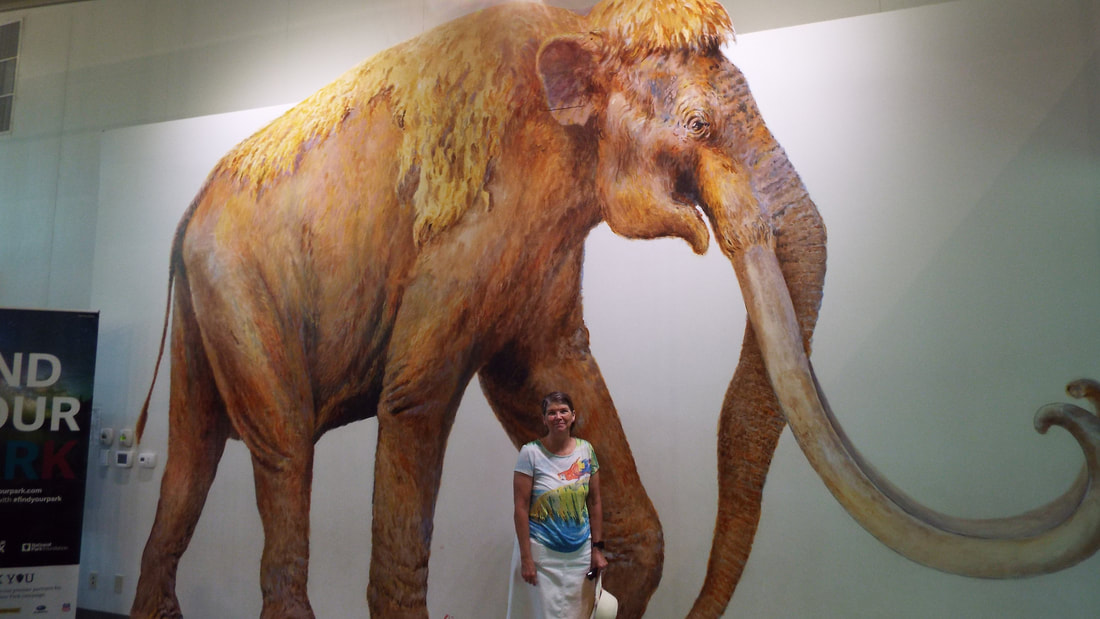
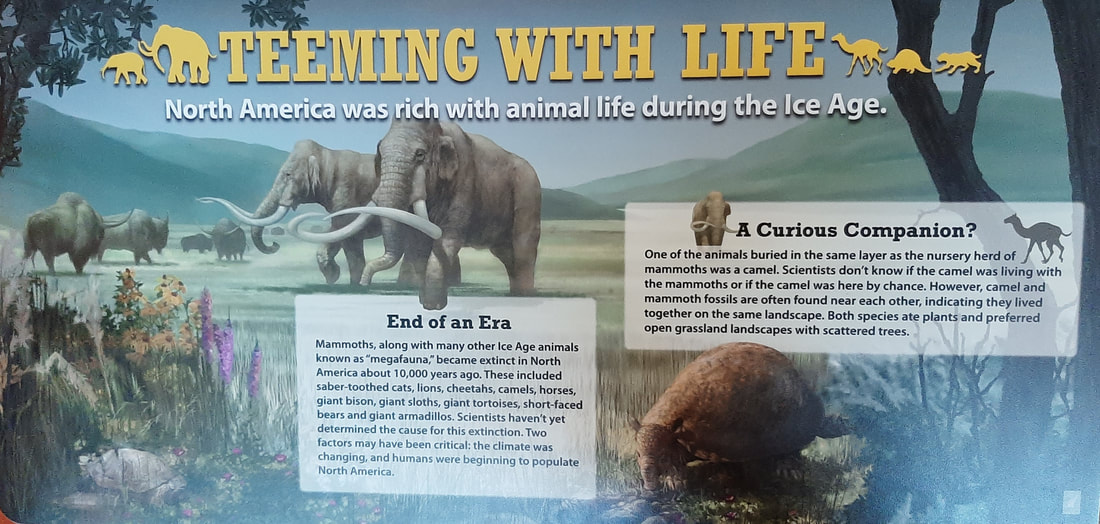
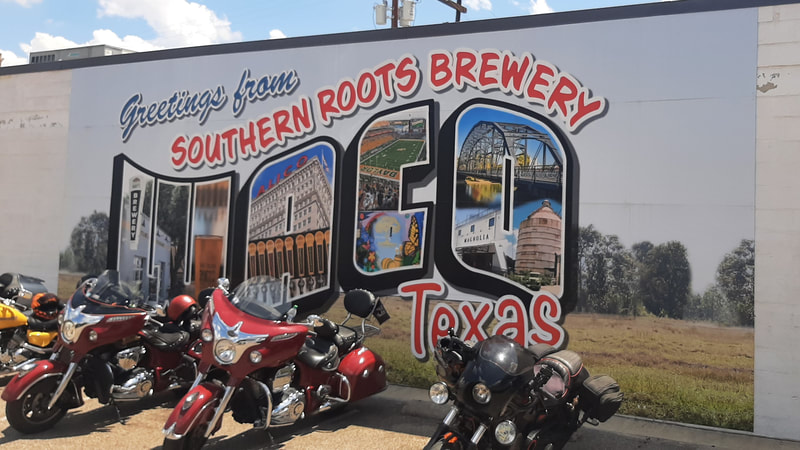
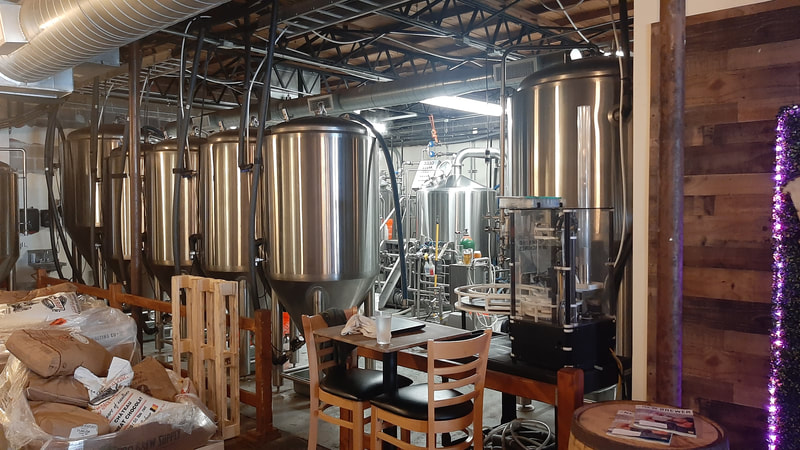
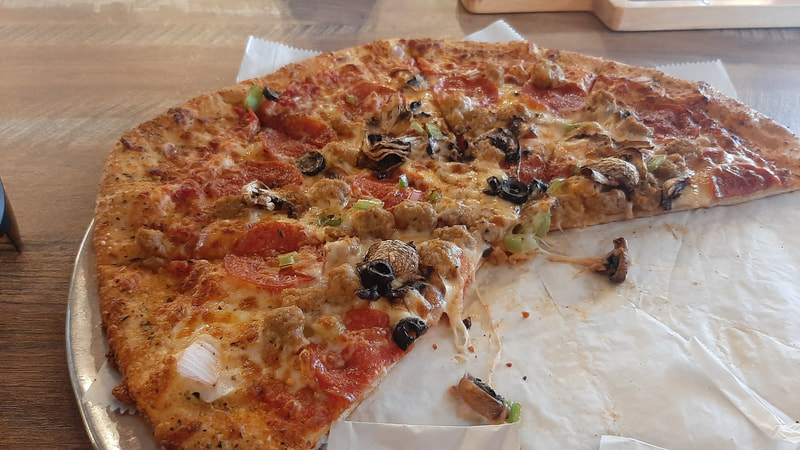

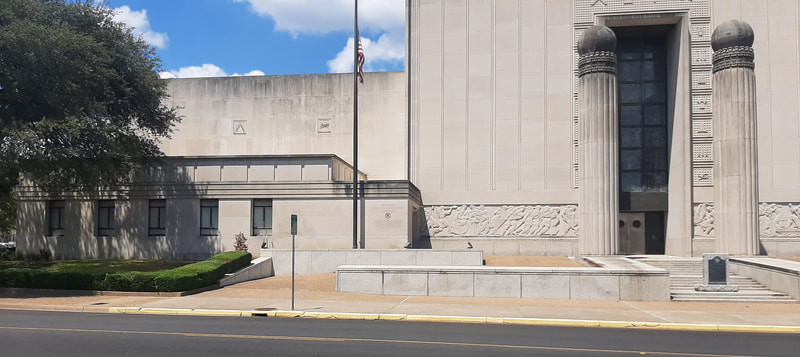
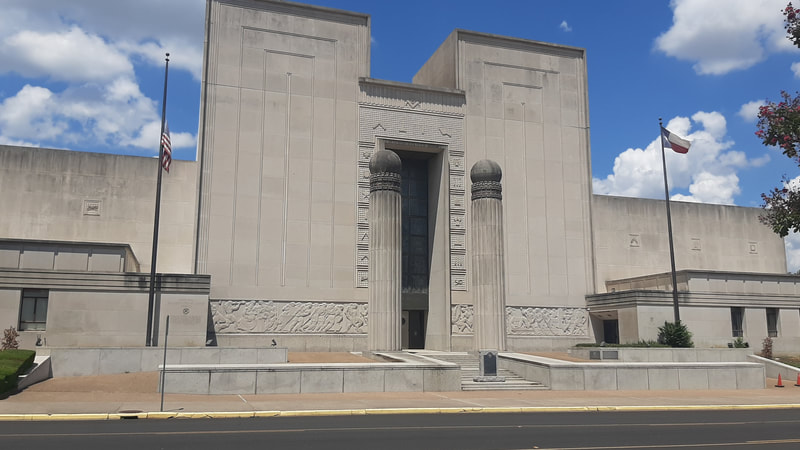
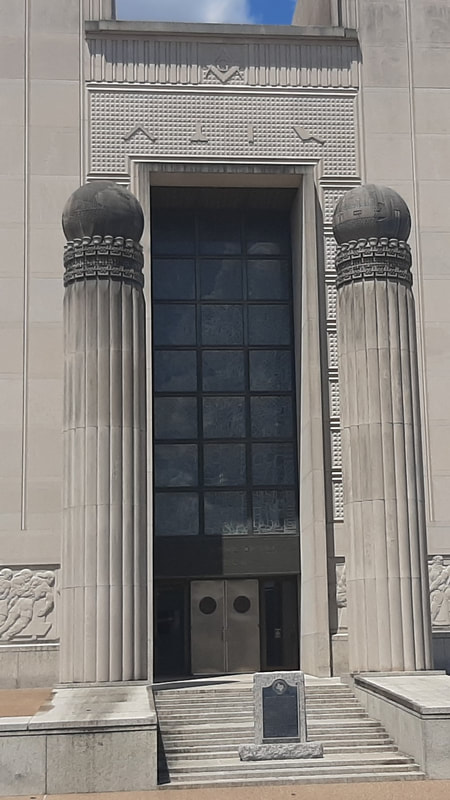
 RSS Feed
RSS Feed